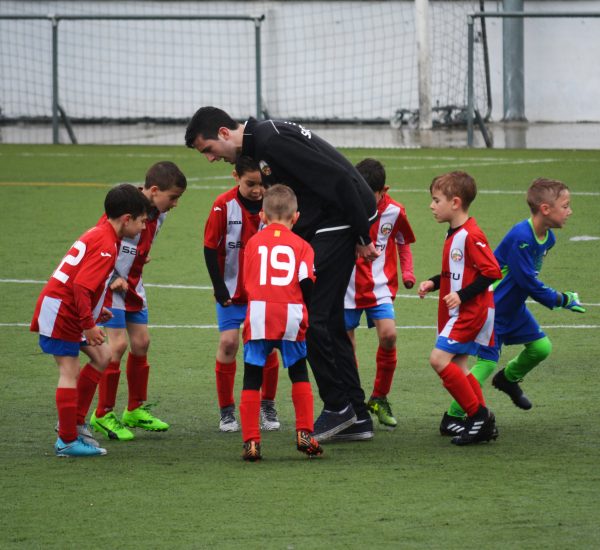Soccer is a contact sport that comes with a risk of injuries. The most common soccer injuries are sprains and strains, which occur when the muscles or ligaments are stretched beyond their normal range of motion.
Concussions are also relatively common, especially among young players. Contact with another player, ball, or goalpost can all lead to a concussion.
More serious injuries, such as broken bones and torn ligaments, can also occur. However, these types of injuries are relatively rare. With proper safety precautions and equipment, the risk of soccer injuries can be greatly reduced.
In this blog post, we’ll take a look at the most common soccer injuries and what you can do to prevent them.
Sprained Ankle
Soccer is a high-intensity sport that puts a lot of stress on the body. As a result, injuries are common among soccer players. One of the most common soccer injuries is a sprained ankle. This occurs when the ligaments that support the ankle joint are stretched or torn.
Symptoms of a sprained ankle include pain, swelling, and bruising. The best treatment for a sprained ankle is RICE: rest, ice, compression, and elevation.
However, severe sprains may require more aggressive treatment, such as surgery. With proper treatment and rehabilitation, most people make a full recovery from a sprained ankle. However, some people may experience ongoing pain or instability in the joint.
To prevent a sprained ankle, it’s important to wear proper-fitting soccer cleats that offer support around the ankle. It’s also important to warm up properly before playing and to stretch out the muscles and ligaments in the lower leg.
Hamstring Strain
Another common soccer injury is the hamstring strain. Hamstring strains occur when the muscle is stretched beyond its limits, causing the fibers to tear. This typically happens during sudden explosive movements, such as sprinting or changing direction.
Symptoms of a hamstring strain include pain, swelling, and bruising in the back of the thigh. In severe cases, the muscle may feel like it has been pulled or torn.
Treatment for a hamstring strain typically includes rest, ice, and compression. In severe cases, surgery may be necessary to repair the damaged muscle tissue.
Recurrent hamstring strains are not uncommon, and can often lead to chronic pain and disability. As such, all soccer players need to be aware of the risks of this injury and take steps to prevent it.
To prevent a hamstring strain, it’s important to warm up properly before playing and to stretch out the muscles in the back of the thigh. Wearing proper-fitting soccer cleats that offer support around the ankle can also help prevent this type of injury.
Concussions
Concussions are another injury in soccer, particularly among children, teenagers, and professional players. A concussion is caused by a blow to the head, which can happen when players collide with each other or when they fall to the ground.
Concussions can be very serious, and may even lead to death in some cases. Symptoms of a concussion include headaches, dizziness, nausea, and confusion.
If you suspect that you or someone else has suffered a concussion, it is important to seek medical attention immediately. With proper treatment and care, most people make a full recovery from concussions. However, it is important to be aware of the risks associated with this type of injury so that you can take steps to prevent it.
To prevent a concussion, it’s important to wear proper protective gear, such as a helmet or mouthguard. Additionally, players should be taught how to properly head the ball so that they don’t put themselves at risk of getting injured.
Broken Bones
Broken bones are among the most serious injuries that can be sustained while playing soccer. They can occur when players collide with each other or with objects on the field, such as goal posts.
A bone can also be broken if it is twisted or bent beyond its normal range of motion. While broken bones can happen to any player, they are more likely to occur in older players whose bones are less resilient.
Treatment for a broken bone usually involves setting the bone and wearing a cast. In severe cases, surgery may be necessary. Players who have suffered a broken bone will typically miss several weeks of playing time while they recover.
Torn Ligaments
Ligaments are the tissues that connect bones, and they can be easily damaged by sudden twisting or impact.
ACL (anterior cruciate ligament) tears are particularly common in soccer, and they often require surgery to repair. Other common soccer injuries include hamstring strains, calf strains, and Achilles tendonitis.
While these injuries can be painful and debilitating, they can usually be treated with rest, ice, and physical therapy. In severe cases, surgery may be necessary. Most soccer players can return to the field and resume their competitive careers with proper treatment.
Conclusion
While no one likes getting injured, it’s important to remember that injuries are a part of any contact sport. However, there are certain things that you can do to help prevent injuries from occurring in the first place. By taking precautions such as wearing proper protective gear and stretching before playing, you can help reduce your risk of sustaining an injury while playing soccer.


